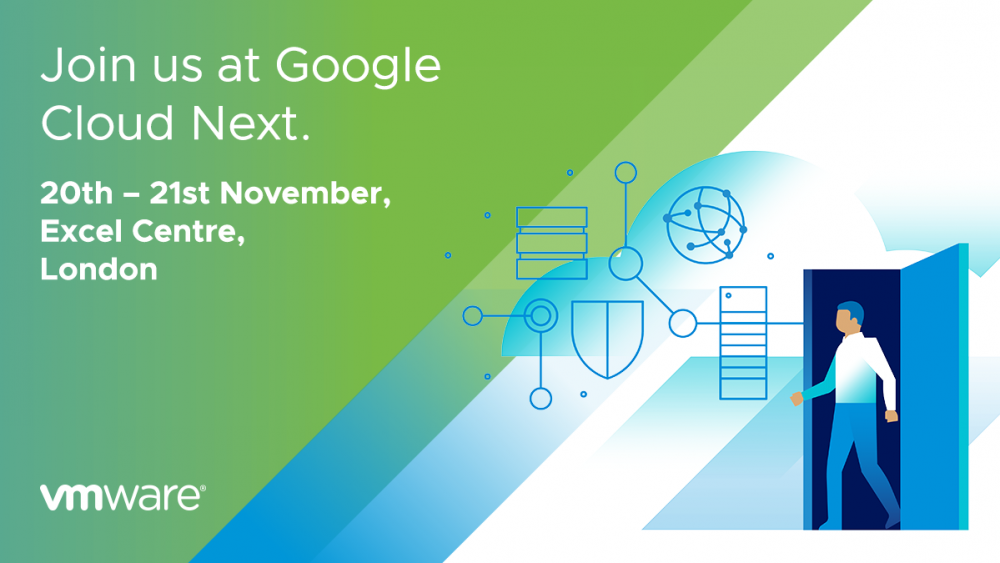DISCLAIMER: this article is older than one year and may not be up to date with recent events or newly available information.
Ed Hoppitt, EMEA Director of Modern Apps and Cloud Native Platforms.
I’m sitting here writing this blog a few weeks out from Google Cloud Next at VMware’s own VMworld event with almost 15,000 customers attending and off the back of a week seeing VMware customers around Europe – and one thing is clear customers want simplification.
I often joke that I can distil down the majority of my meetings with customers to one phrase ‘just give me one platform to run all my things’, and over the last few years what you have seen from VMware is us making the same platform that businesses have been trusting to run their IT in the datacenter (the VMware Software-Defined Datacenter), available, as a service across clouds.
Earlier this year VMware and Google announced the Google Cloud VMware Solution by CloudSimple. Customers would be able to extend that single platform into the Google Cloud via GCP, and as Sanjay Poonen (COO, Customer Operations at VMware) said, “With VMware on Google Cloud Platform, customers will be able to leverage all of the familiarity and investment protection of VMware tools and training, as they execute on their cloud strategies. They will be able to rapidly bring new services to market and operate them seamlessly and more securely across a hybrid cloud environment.”
From Today Cloud is a Platform not a Place
Cloud has gone from being a place, and today becomes a platform – unified across the hyperscale cloud providers by the VMware Software-Defined Datacenter.
And here’s the thing, if you can unify across the clouds with the VMware Software-Defined Datacenter (Software-Defined Cloud?), how you answer the hard question of, “What do I run where and why?”. Now you can choose clouds based on best in class native-cloud services, proximity, geography and sovereignty – knowing that your core applications are portable between them. You can move between them should the need arise, where previously, concerns around clouds were that you were locked in.
If you add to that infrastructure hybridity across clouds the Tanzu Kubernetes Grid announcements at VMworld this week, not only do you have one Globally Consistent Operations Platform, but one Globally Consistent Infrastructure platform that can run both Legacy and Modern Applications.
Come and see us at Google Cloud Next, and understand how we can help you unify, simply and accelerate your Digital Transformation by giving you one, simple platform on which to #RunAllTheThings
Category: News & Highlights
Tags: #runallthethings, datacenter, Google Cloud Next, Kubernetes, modern apps, SDDC, software-defined datacenter, vmware tanzu





No comments yet